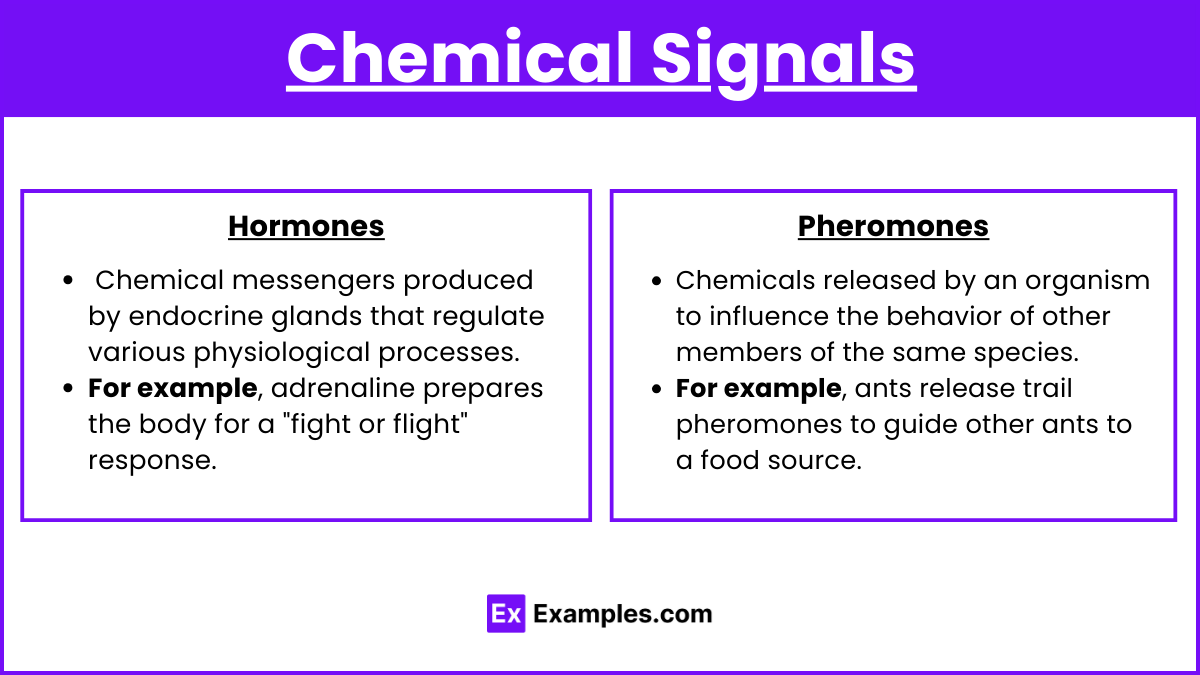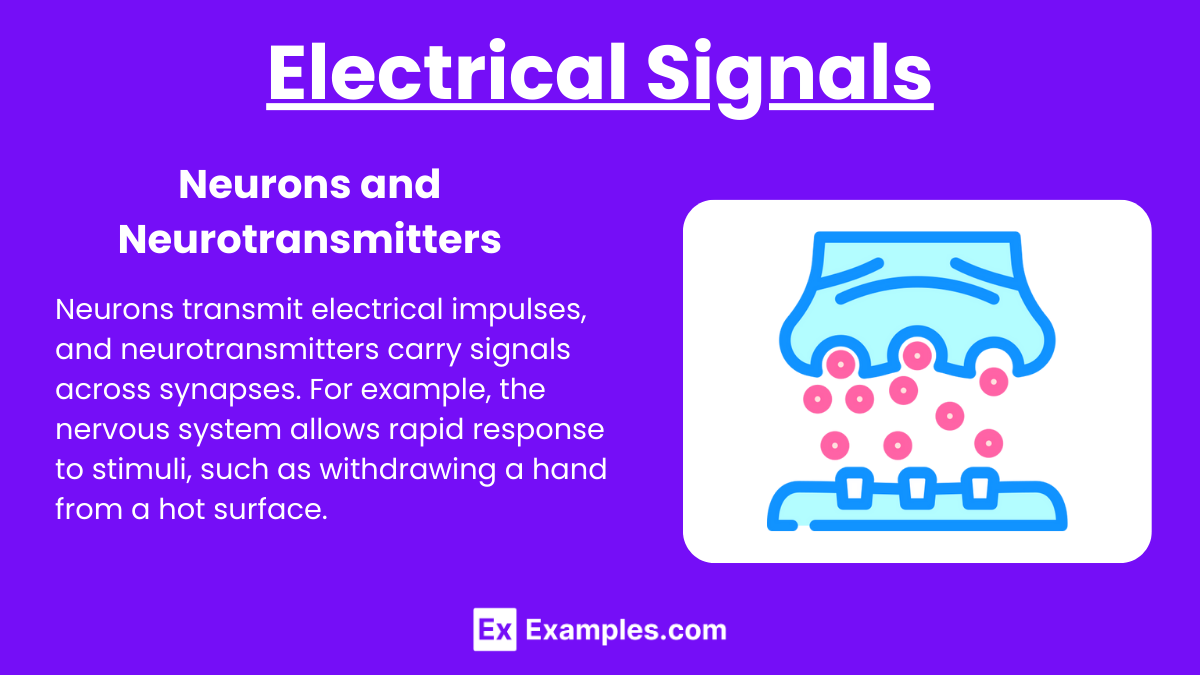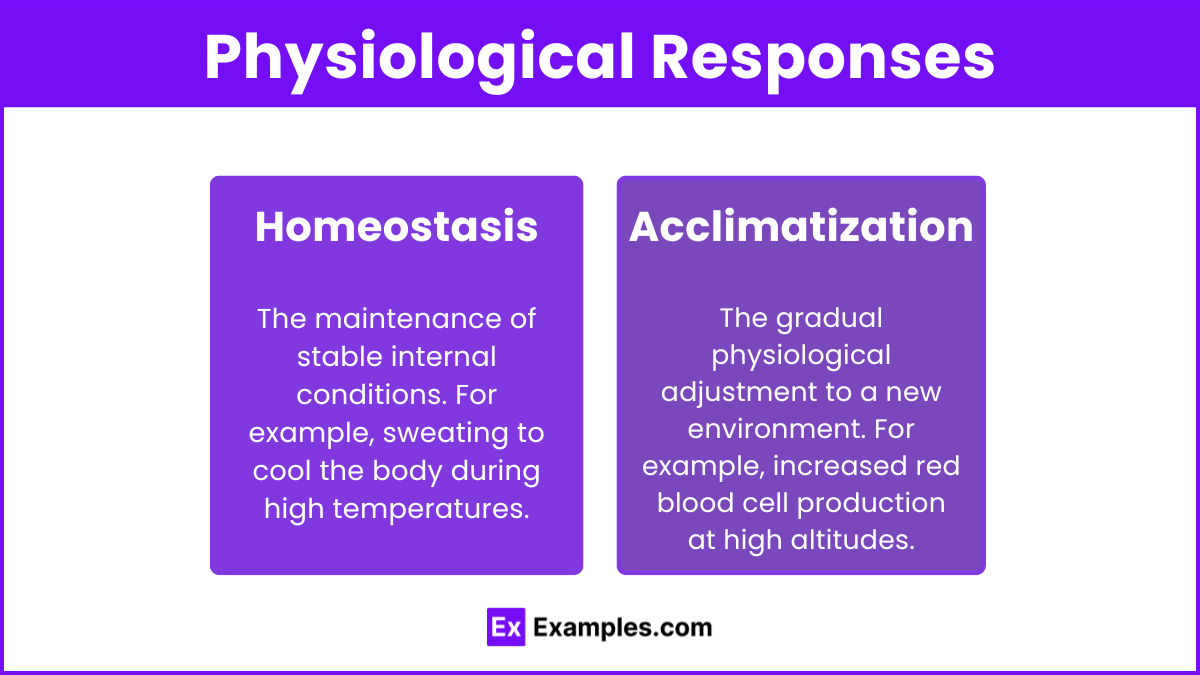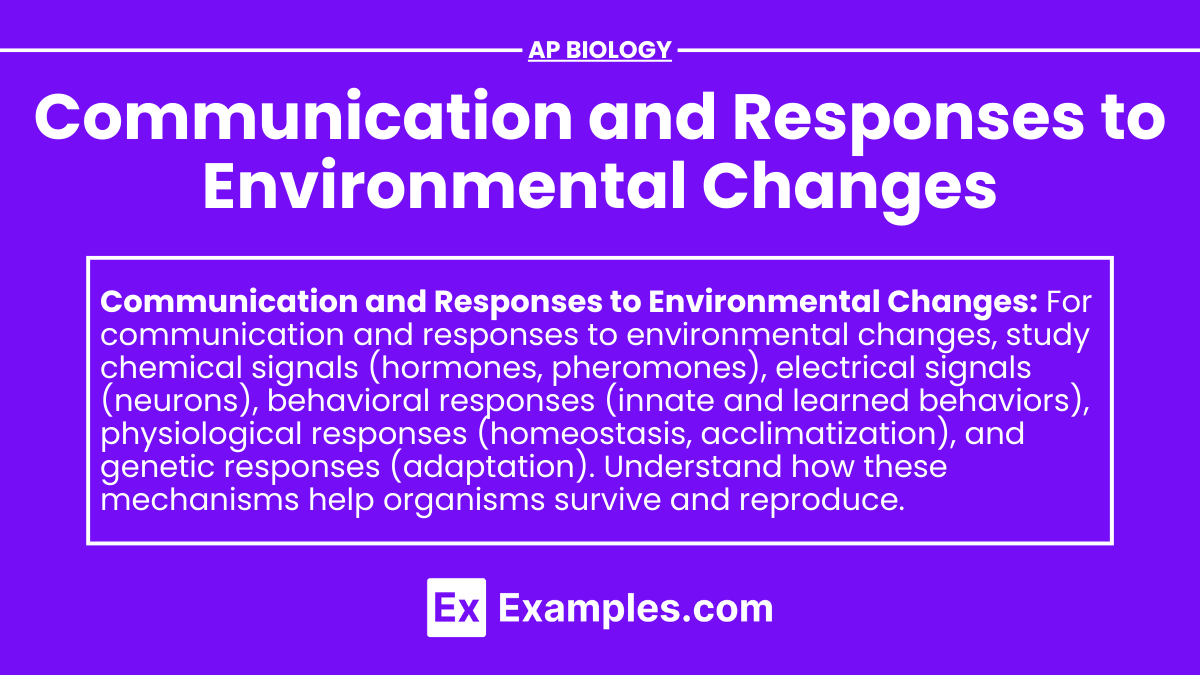In the AP Biology exam, understanding communication and responses to environmental changes is essential. This topic covers how organisms detect and respond to their environment through chemical signals, electrical signals, behavioral changes, physiological adaptations, and genetic responses. By studying these mechanisms, students can grasp how organisms maintain homeostasis, adapt to new conditions, and ensure survival and reproduction. Mastering this content helps explain the complex interactions between organisms and their environments, highlighting the dynamic nature of life.
Learning Objectives
By studying communication and responses to environmental changes, you will learn how organisms use chemical and electrical signals, behavioral adaptations, physiological changes, and genetic modifications to interact with their environment. You will understand how these mechanisms help maintain homeostasis, adapt to new conditions, and ensure survival and reproduction. This knowledge will enable you to explain complex interactions between organisms and their environments, highlighting the dynamic nature of life and the importance of adaptation in evolution.
Mechanisms of Communication and Response
Chemical Signals

- Hormones: Chemical messengers produced by endocrine glands that regulate various physiological processes. For example, adrenaline prepares the body for a “fight or flight” response.
- Pheromones: Chemicals released by an organism to influence the behavior of other members of the same species. For example, ants release trail pheromones to guide other ants to a food source.
Electrical Signals

- Neurons and Neurotransmitters: Neurons transmit electrical impulses, and neurotransmitters carry signals across synapses. For example, the nervous system allows rapid response to stimuli, such as withdrawing a hand from a hot surface.
Behavioral Responses

- Innate Behaviors: Instinctive behaviors present at birth, such as a spider spinning a web.
- Learned Behaviors: Behaviors acquired through experience, such as a dog learning to sit on command.
Physiological Responses

- Homeostasis: The maintenance of stable internal conditions. For example, sweating to cool the body during high temperatures.
- Acclimatization: The gradual physiological adjustment to a new environment. For example, increased red blood cell production at high altitudes.
Genetic Responses
- Adaptation: Genetic changes in a population over generations in response to environmental pressures. For example, the development of antibiotic resistance in bacteria.
Examples
Example 1: Plant Response to Light (Phototropism)
- Description: Plants grow towards light due to the hormone auxin, which accumulates on the shaded side, causing cells to elongate.
- Significance: Maximizes light absorption for photosynthesis.
Example 2: Predator-Prey Communication (Alarm Calls)
- Description: Many animals, such as meerkats, use alarm calls to warn others of predators.
- Significance: Enhances group survival by alerting others to danger.
Example 3: Seasonal Behavior Changes (Migration)
- Description: Birds migrate to warmer regions during winter.
- Significance: Allows survival during periods when food resources are scarce in their breeding areas.
Example 4: Physiological Adaptations (Thermoregulation)
- Description: Mammals maintain body temperature through mechanisms like shivering and sweating.
- Significance: Ensures optimal functioning of enzymes and bodily processes.
Example 5: Symbiotic Relationships (Mycorrhizae)
- Description: Fungi form mutualistic relationships with plant roots, enhancing nutrient absorption.
- Significance: Improves plant growth and resilience to environmental stressors.
Multiple Choice Questions
Question 1: Which of the following is an example of an innate behavior?
A. A dog learning to fetch
B. A spider spinning a web
C. A bird singing learned songs
D. A child riding a bicycle
Answer: B. A spider spinning a web
Explanation: Innate behaviors are instinctive and present at birth. Spinning a web is an instinctive behavior for spiders.
Question 2: What role do pheromones play in animal communication?
A. They transmit electrical signals
B. They act as chemical messengers within the body
C. They influence the behavior of other members of the same species
D. They facilitate nutrient absorption
Answer: C. They influence the behavior of other members of the same species
Explanation: Pheromones are chemicals released by organisms to influence the behavior of other members of the same species, such as attracting mates or marking territory.
Question 3: How do plants respond to light?
A. By releasing neurotransmitters
B. By producing sweat
C. By growing towards the light source due to auxin accumulation
D. By migrating to sunnier areas
Answer: C. By growing towards the light source due to auxin accumulation
Explanation: Plants exhibit phototropism by growing towards light, which is regulated by the hormone auxin that accumulates on the shaded side, causing cell elongation and bending towards the light.


